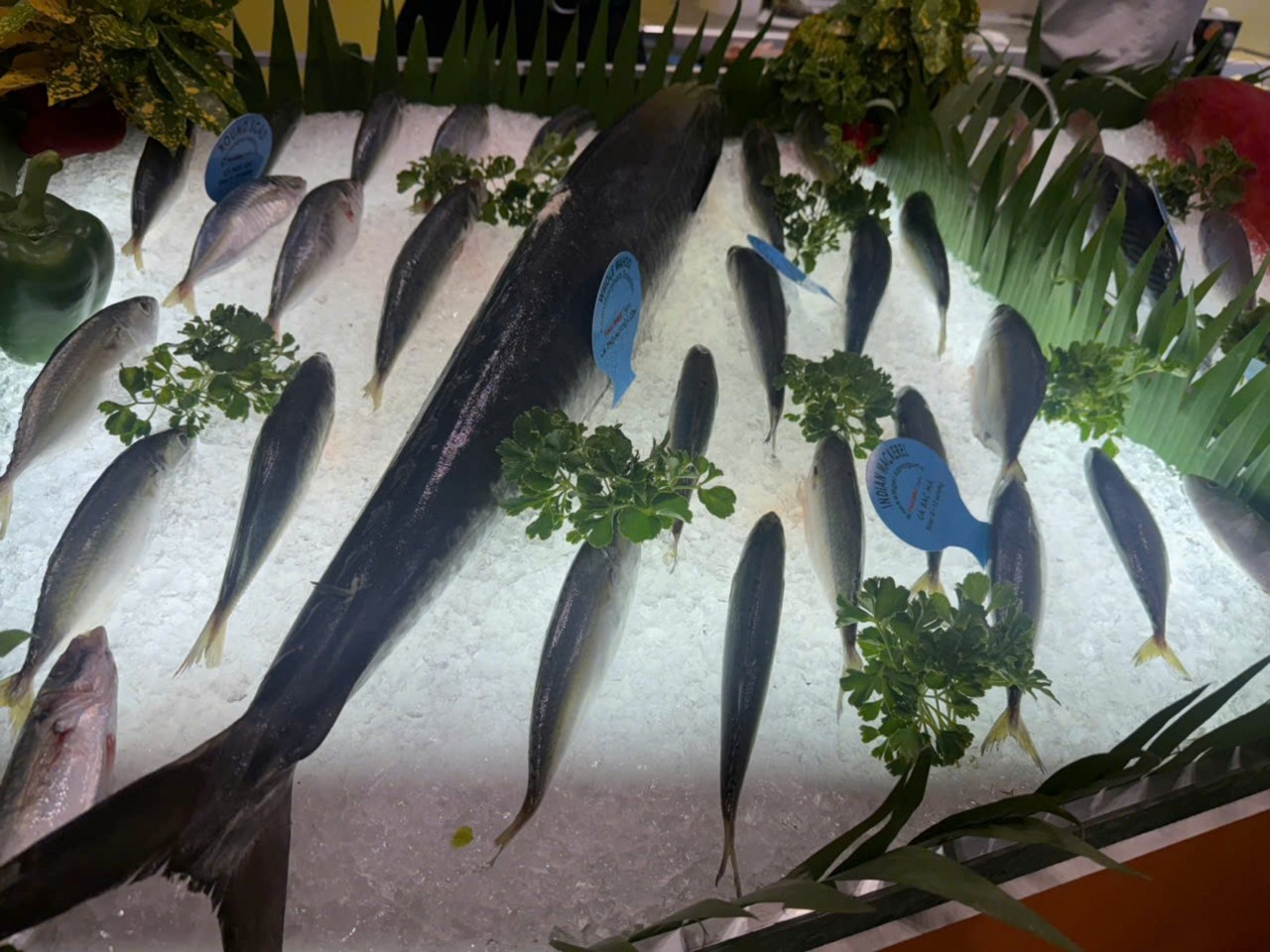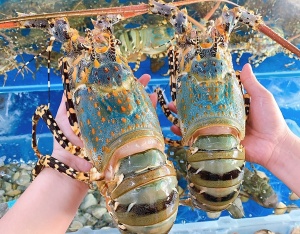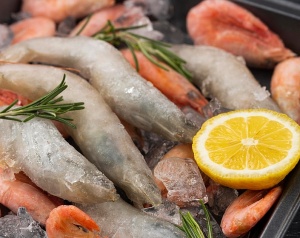INTERNATIONAL INVESTMENT
AND PORTAL
Taiwan is emerging as a highly promising market for Vietnamese seafood, especially shrimp and basa fish, as exports recorded an impressive 18 per cent jump in the first eight months of 2025.
In an article released in early October, the Vietnam Association of Seafood Exporters and Producers (VASEP) noted that Taiwan’s growing import demand presents significant opportunities for Vietnamese businesses, especially for key export items such as shrimp and basa fish.
 Taiwan’s rising demand for seafood imports is opening major opportunities for Vietnamese businesses
Taiwan’s rising demand for seafood imports is opening major opportunities for Vietnamese businesses
In 2024, Taiwan imported nearly $1.9 billion worth of seafood from 86 countries. Vietnam ranked fourth, accounting for 9 per cent of the market share. The most favoured products included shrimp, salmon, squid, scallops, and halibut.
Taiwan currently ranks among Asia’s largest seafood-consuming markets, with per capita consumption reaching 31.65 kg a year in 2023, far exceeding the global average of 21 kg.
Taiwanese consumers are especially willing to pay premium prices for high-quality seafood, particularly in upscale restaurants, where lobster, crab, and oysters are considered luxury items.
The growth of fine dining, marked by 49 Michelin-starred restaurants, has further fuelled the demand for premium seafood imports.
Vietnam is capitalising effectively on this opportunity. In 2024, seafood exports to Taiwan reached $168 million, making up 1.7 per cent of the country’s total seafood export value.
In the first eight months of 2025 alone, seafood exports to this market surpassed $123 million, up 18 per cent on-year. Shrimp led the growth with a 37 per cent hike, mainly from whiteleg and black tiger shrimp, while basa fish rose by 31 per cent.
Squid and octopus exports, however, fell by 5 per cent, and molluscs dropped sharply by 45 per cent, indicating intense competition in certain segments.
Shrimp and basa fish represent Vietnam’s standout competitive advantages in the Taiwanese market. Taiwan offers favourable pricing, particularly suited for value-added processed products.
However, Vietnamese exporters face strong competition from China, Japan, and Norway, countries with strengths in salmon, squid, and marine fish. In addition, strict quarantine regulations imposed by the Taiwan Food and Drug Administration present significant challenges regarding quality control and certification.
To sustainably tap into this market, VASEP recommends that Vietnamese companies focus on core products such as shrimp and basa fish, while developing high-value processed product lines that emphasise freshness, quality, and traceability.
Collaborating with local restaurants and chefs in Taiwan, participating in international food expos, and strictly adhering to food safety standards are also essential strategies to enhance brand credibility.
With positive growth momentum in 2025, Vietnamese seafood has a major opportunity to expand its presence in Taiwan. However, to maintain this advantage, firms must invest in quality, build strong brands, and intensify trade promotion efforts, especially in the high-end culinary segment, to meet the increasingly sophisticated demands of this dynamic market.
 Seafood firms push export promotions
Seafood firms push export promotions
Vietnam’s seafood exports achieved positive results so far this ye thanks to efforts to reinforce the key markets.
 China emerges as Vietnam’s top shrimp importer
China emerges as Vietnam’s top shrimp importer
China has overtaken the United States to become the largest importer of Vietnamese shrimp, with import value soaring by 80 per cent in the first half of 2025.
 Seafood exporters making tariff-ready adjustments
Seafood exporters making tariff-ready adjustments
Vietnam’s seafood industry is navigating a challenging export landscape thanks to tariff-related uncertainties in key markets.
By Anh Duc



















